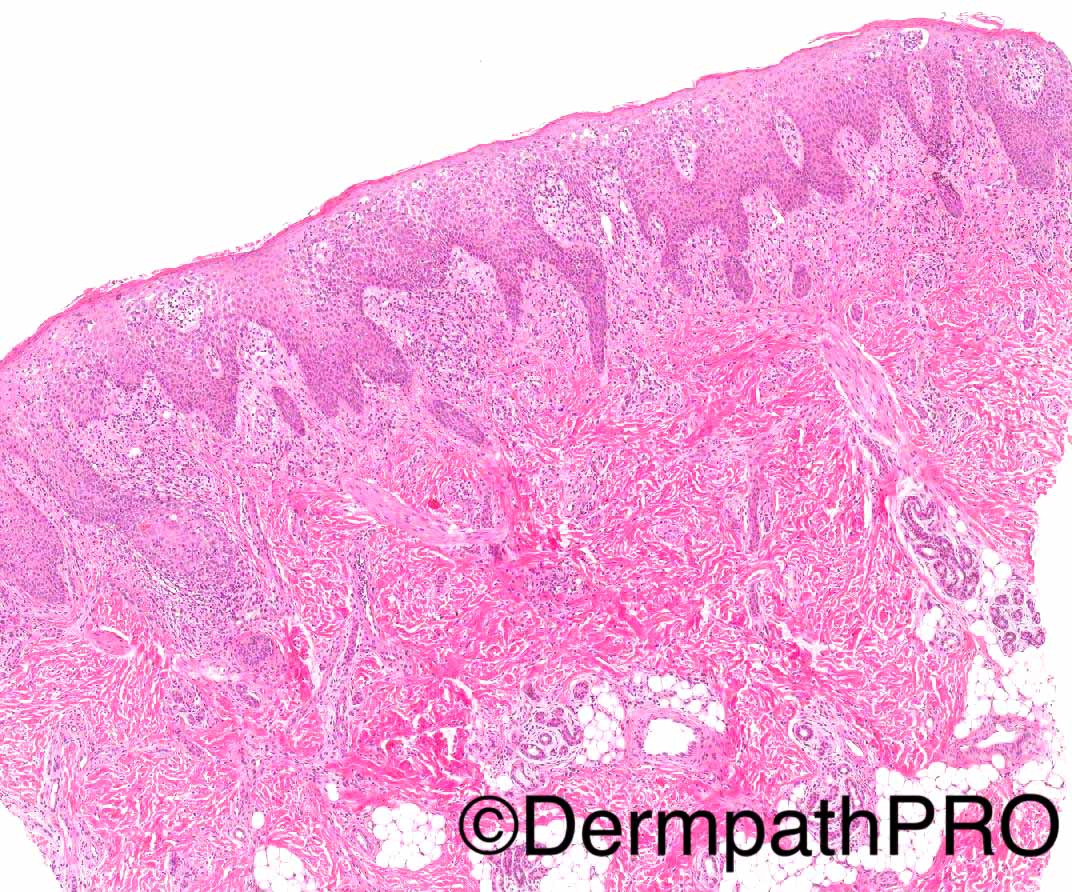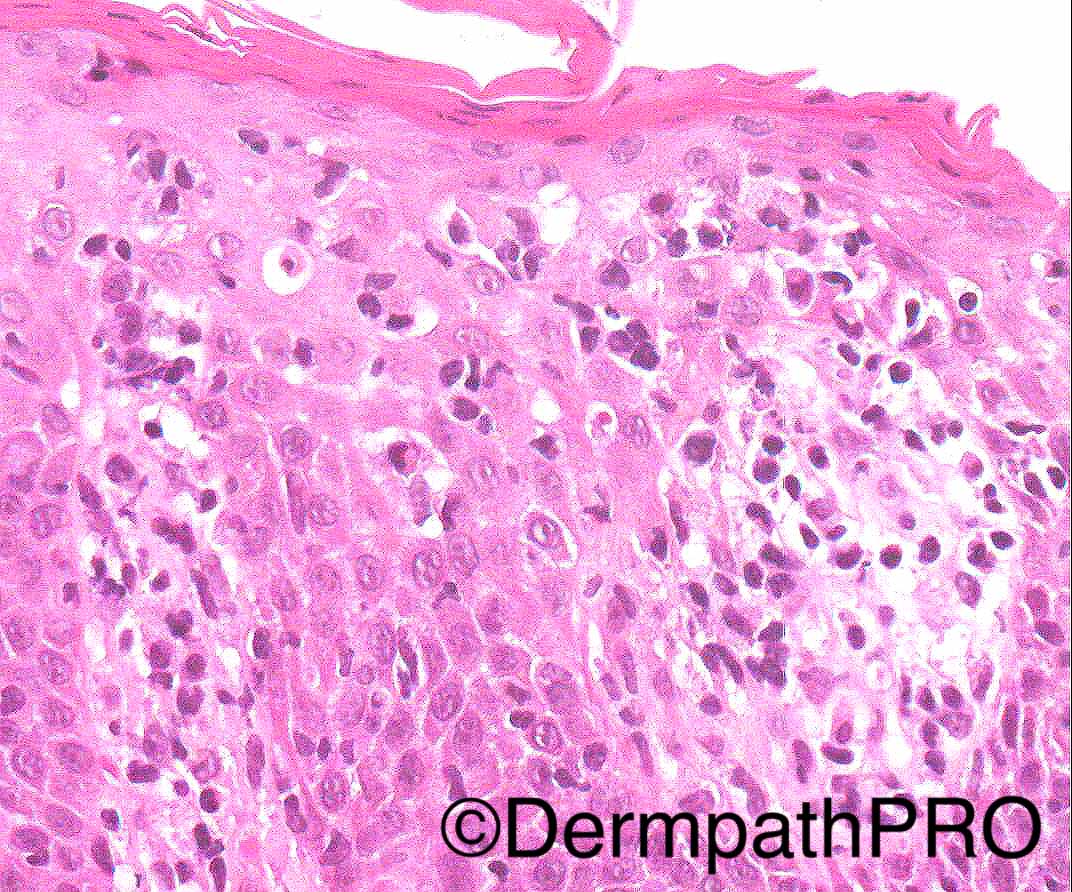Case Number : Case 1584 - 21 July Posted By: Guest
Please read the clinical history and view the images by clicking on them before you proffer your diagnosis.
Submitted Date :
2 month old baby with erythroderma, dry and flaky skin?bullous/non bullous icthyosis, ?
Dr Arti Bakshi
Dr Arti Bakshi










Join the conversation
You can post now and register later. If you have an account, sign in now to post with your account.